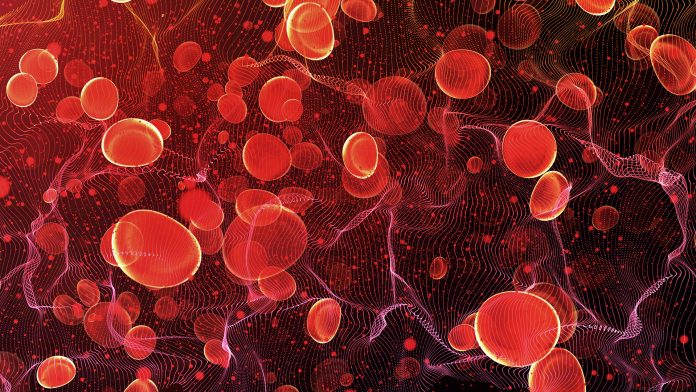
Introducing cutting-edge cell-based Cerebral Palsy treatment – discover how Smart Cells have released their 21st stem cell sample to the Duke University Hospital, to treat a child with cerebral palsy.
Since 2005 samples released to patients around the world have been used to treat several conditions including Cerebral Palsy, Thalassemia, Leukaemia and HSV Encephalitis. The latest stem cell sample was used to treat a young boy with Cerebral Palsy at Duke University Hospital, in the United States. Could this research lead to effective Cerebral Palsy treatment?
Using the cord blood sample
A cord blood unit from a two-year-old child was used to treat his three-year-old brother, who is suffering from Cerebral Palsy (CP). The cord blood was processed and stored under stringent conditions in the Smart Cells (SC) state of the art Laboratory.
Cord blood is stored in vapour phase nitrogen at temperatures of around -190C, which can preserve the viability of stem cells for years. When the parents of the child with CP approached SC for advice about the chances of using the little boy’s cord blood to treat his older brother, we suggested they approach the Duke team as we had already worked with them in cases relating to the treatment of CP.
We released the cord blood testing and processing data to Duke so they could check the suitability of the cord blood for transplant. The unit passed scrutiny, and the brothers were confirmed as well-matched so the transplant could go ahead. We arranged the safe transfer of the cryopreserved cord blood to the USA treatment centre.
Duke stored the cord blood unit in its frozen state for a few months, and as is standard practice, they ran confirmatory quality checks on small test sub-samples. The results of the testing were satisfactory, so on the scheduled transplant day, the cord blood was carefully thawed and infused into the recipient’s blood system.
Dr Ann Smith, Scientific Director Scientific Director, at Smart Cells explains: “Treatment centres must ensure the safety and efficacy of stem cell based therapies for human application. At SC, we work to high standards to ensure that the units of cord blood that we process and store are of suitable quality for therapeutic use.
“It has been gratifying to note that the Duke team have been happy to collaborate with SC on several occasions as we provide a high-quality cord blood product and service to clients and clinical end-users.”
Encouraging reports
The stem cell infusion went well with no complications, but it will be a matter of time before the family know if there will be any improvement in the little boy’s condition. The scientific and medical reports from trials using cord blood infusions in cerebral palsy have been encouraging. Early work focused on using children’s own cord blood stem cells use to determine the safety and gain insight into the potential benefits of the treatment.
The Duke team have reported that appropriately dosed infusions of cord blood stem cells can help alleviate motor symptoms in children with CP. Following this study, the scene was now set to consider the use of sibling cord blood as a treatment option and so far results have shown that this procedure is safe, but it will take time for data regarding clinical outcome to be collected and published.
This cutting edge cell-based treatment strategy is just one of the possibilities of regenerative medicine. It is likely in the future that researchers and clinical teams will be able to harness the potential of stem cells to bring innovative therapies to patients.










Great job done
What can I do if I want my son to be treated with stemcells he is diagnosed with c.p